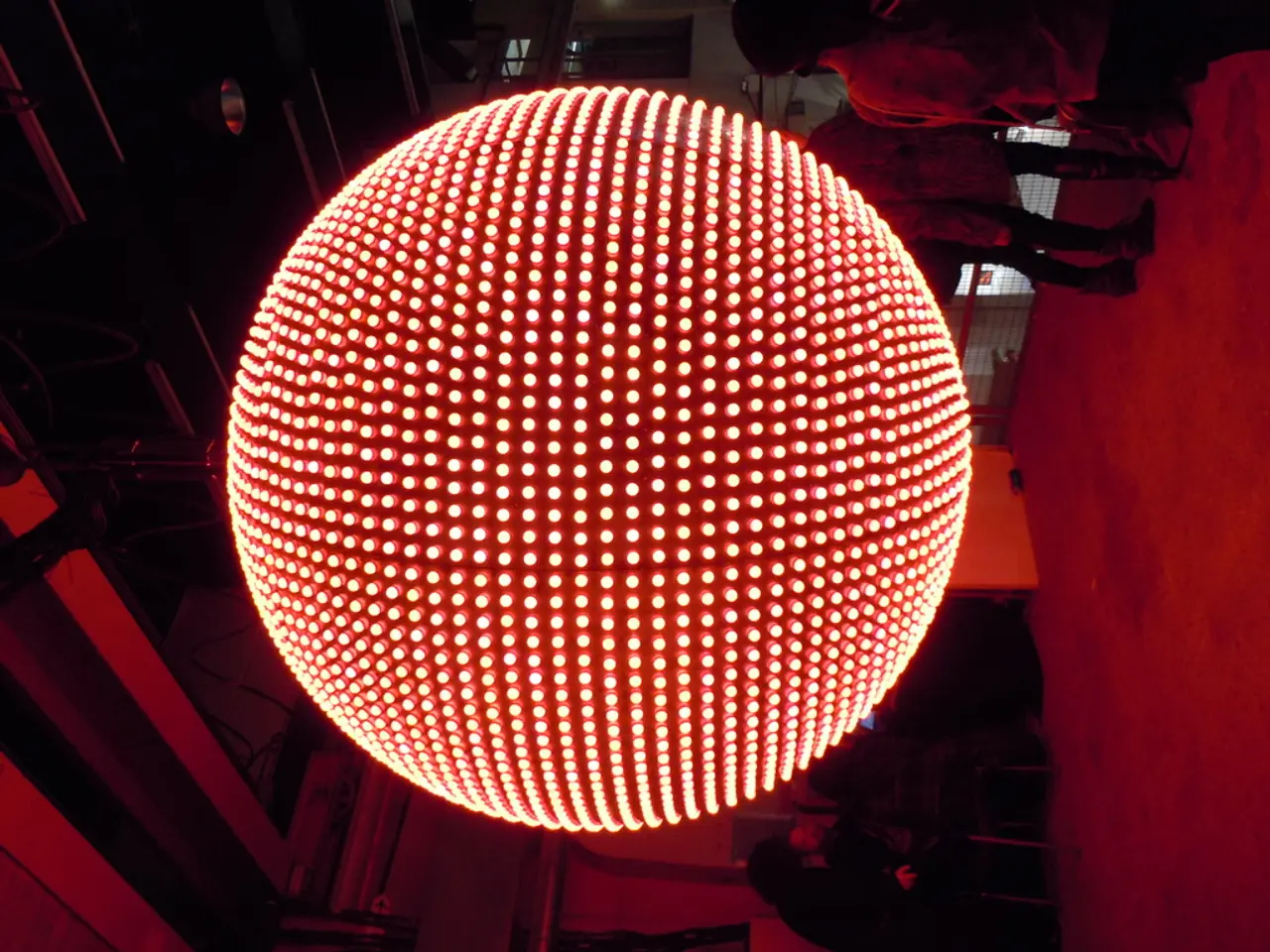Einstein's Groundbreaking Inventions: An Overview of Six Inventions Attributed to the Genius Albert Einstein
Albert Einstein, the renowned German-born physicist and mathematician, made significant strides in shaping the world's understanding of physics and technology. His key inventions and scientific contributions include the theories of relativity, the explanation of the photoelectric effect, and his work on Brownian motion and quantum theory.
In 1905, Einstein unveiled his Special Theory of Relativity through a groundbreaking paper titled "On the Electrodynamics of Moving Bodies." This theory introduced a new understanding of space and time, culminating in the famous equation E = mc², which shows the equivalence of mass and energy and underpins nuclear energy and astrophysics.
The same year, Einstein's explanation of the photoelectric effect marked the first experimental evidence of energy quantization. Departing from the prevalent wave theory, Einstein postulated that light consists of particles, later termed photons, transferring energy to electrons. This foundation of quantum mechanics earned him the Nobel Prize in Physics in 1921.
Einstein's analysis of Brownian motion provided strong evidence for the existence of atoms and molecules, settling debates in atomic theory and influencing statistical mechanics.
In 1915, Einstein presented his General Theory of Relativity, revolutionizing the understanding of gravity as a curvature of spacetime. This theory provided key insights into black holes, the expansion of the universe, and cosmology.
These breakthroughs have driven technological advances such as nuclear power, quantum electronics (including lasers and semiconductors), and GPS technology, which relies on relativistic corrections. Einstein also contributed to solid-state physics, influencing developments like refrigeration.
The photoelectric effect is the phenomenon in which electrons are emitted from a metal when it is exposed to light, and it is the basis for modern solar energy technology. The general theory of relativity is based on the fact that the force of gravity is the same as the acceleration caused by it.
In 1924, Einstein contributed to the field of subatomic particles with a paper on the statistical behavior of bosons at low temperatures, now known as Bose-Einstein statistics. His work on the photoelectric effect was instrumental in the development of quantum theory, and the thermodynamic cycle of the Einstein refrigerator is still used in numerous refrigeration systems.
Albert Einstein's theories have impacted inventions such as atomic weaponry control, outer space exploration, and applications utilizing light. His contributions fundamentally changed both theoretical physics and practical technologies worldwide.
In conclusion, Einstein's major inventions are:
- Special Relativity and E = mc²: reshaped physics, enabling nuclear energy and modern astrophysics.
- Photoelectric effect explanation: foundation of quantum theory, impacting electronics and optics.
- Brownian motion theory: confirmed atomic theory, advancing physical chemistry.
- General Relativity: transformed gravity theory, guiding cosmology, black hole physics, and technologies like GPS.
Einstein's legacy continues to inspire and shape the scientific community, leaving an indelible mark on the world.
[1] Pais, A., (1982). Subtle is the Lord: The Science and the Life of Albert Einstein. Oxford University Press. [2] Stachel, J., (1994). Einstein from 'B' to 'Z'. Springer. [3] Isaacson, W., (2007). Einstein: His Life and Universe. Simon & Schuster. [4] Hawking, S., (1974). The Large Scale Structure of Space-Time. Cambridge University Press.
In the realm of medical-conditions and space-and-astronomy, Albert Einstein's explanation of the photoelectric effect, which is the basis for modern solar energy technology, played a significant role in the development of quantum theory. Furthermore, his General Theory of Relativity, which revolutionized the understanding of gravity as a curvature of spacetime, has been instrumental in guiding cosmology, black hole physics, and technologies like GPS.




